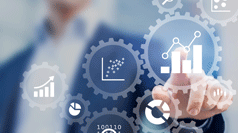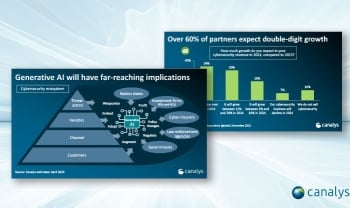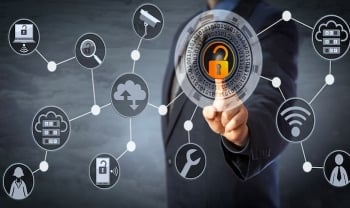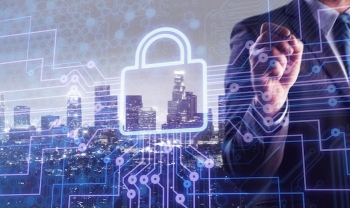Move to Stronger Resilience as an MSP with a Business-Grade MFA

In today’s business climate, more companies are looking for ways to enable their employees to work remotely. While this can certainly have its benefits, it also presents a unique set of challenges – not the least of which is how to keep your data secure. That’s where multi-factor authentication (MFA) comes in. MFA adds an extra layer of security by requiring a user to not only enter their username and password but also provide another piece of information unique to the user, such as a code from their phone or scanned fingerprint.
The most common form of MFA is two-factor authentication (2FA), which requires users to provide both a password and a one-time code from a physical or mobile device in order to log in. This can include something they know (like a password or PIN), something they have (like a phone or hardware token), or something they are (like a fingerprint). By requiring multiple factors, MFA makes it much more difficult for unauthorized users to gain access to your systems – even if they manage to obtain a user’s password.
However, there are other forms of MFA that are becoming increasingly more popular. Features that are present in a business-grade MFA.
How a Business-Grade MFA Works
Just like 2FAs, business-grade MFA works by requiring users to provide two or more pieces of information when they attempt to log in to an account. But what makes business-grade MFAs stand out is their use of time-based one-time passwords (TOTPs), risk-based authentication (RBA), secure migration, configuration wizards, and biometric data.
-
Time-based one-time passwords: These passwords actively change within a timed interval, making it very secure as it’s difficult to infiltrate a password that keeps changing every minute or 30 seconds.
-
Risk-based authentication: This type of authentication is an adaptive security measure that evaluates the user and device risk. Geolocation is a tool used with RBA to determine if a user may be traveling or a hacker from another location.
-
Secure migration: The proper migration of an authentication token from one device to another without compromising data or the users’ information is essential. This could be done using a QR code to activate a new mobile device, which is not usable again for another device.
-
Configuration wizards: This is an added measure of service, making it easy for all users to install and configure their devices in a secure and easy-to-understand manner.
-
Biometric data: Setting up a fingerprint or facial recognition on the user’s phone and/or laptop will ensure that it’s the authorized individual who has access to online assets and accounts from their unique device.
Why Use a Business-Grade MFA?
There are many reasons why you should consider using a business-grade MFA for your business, but chief among them is security. Passwords are notoriously easy to guess or hack, especially if they’re not complex enough or if employees are reusing passwords across multiple accounts. With MFA in place, even if an attacker manages to obtain a user’s password, they will still be unable to log in without also having access to the additional factors. A business-grade MFA makes it much more difficult for bad players to gain access to your systems and empowers you with extra layers of protection from potential threats. In addition to improved security, MFA can also help you comply with industry regulations like HIPAA, PCI DSS, and GDPR that require the use of strong authentication methods.
To see which business-grade MFAs may be right for you, check out Miercom’s competitive validation test of WatchGuard AuthPoint and some of the best-known MFAs on the market – Cisco Duo and Microsoft Azure.






